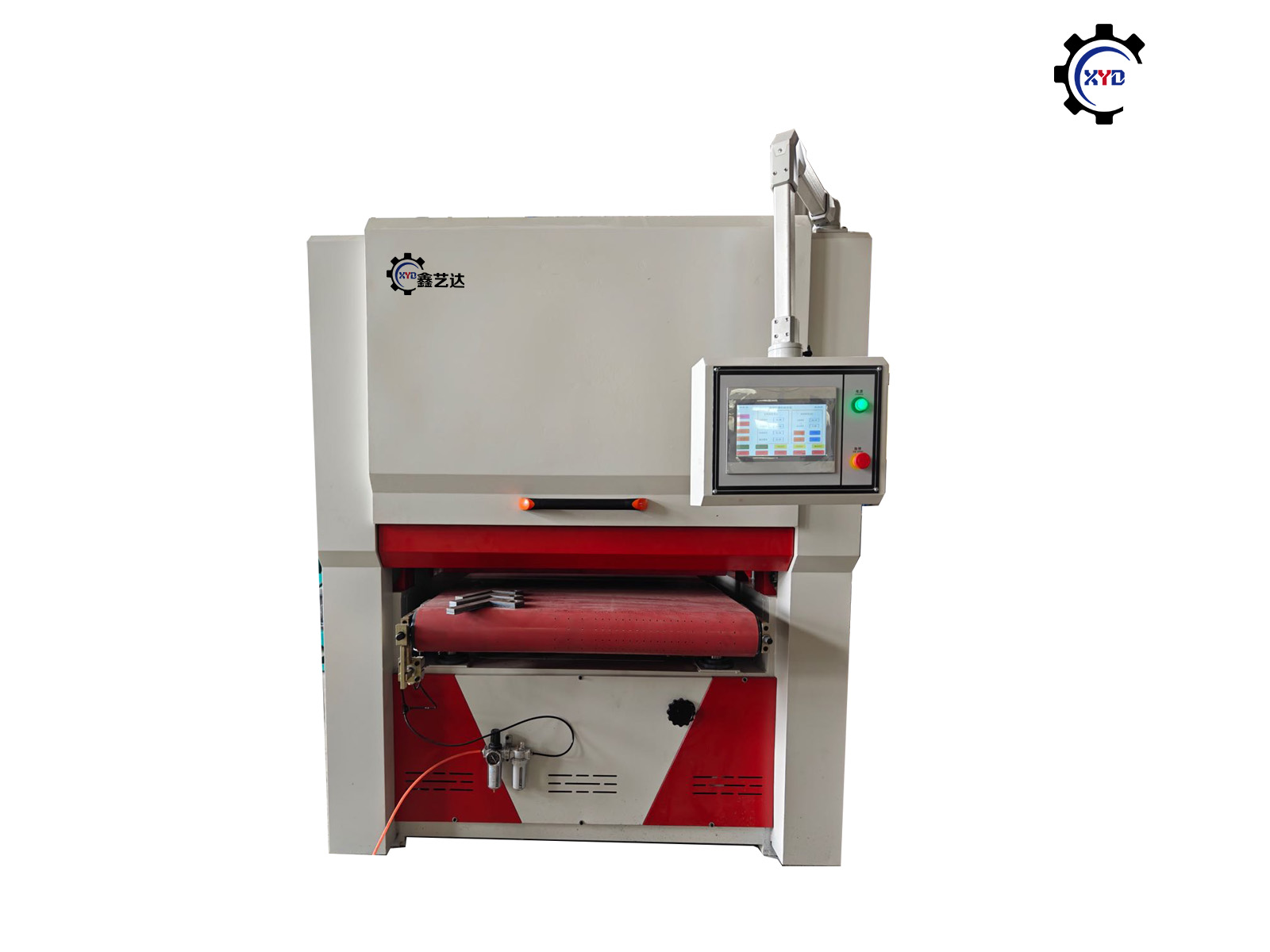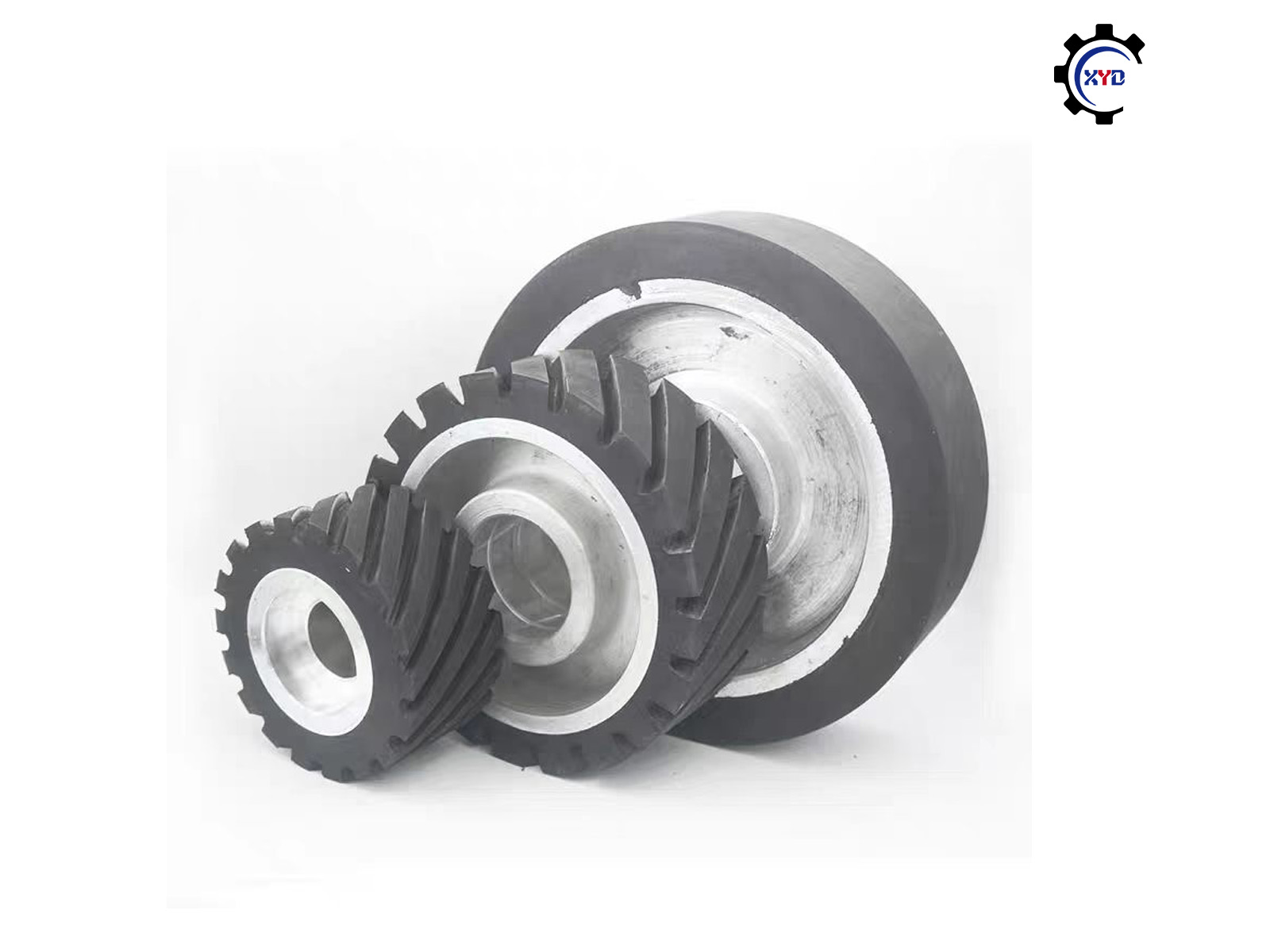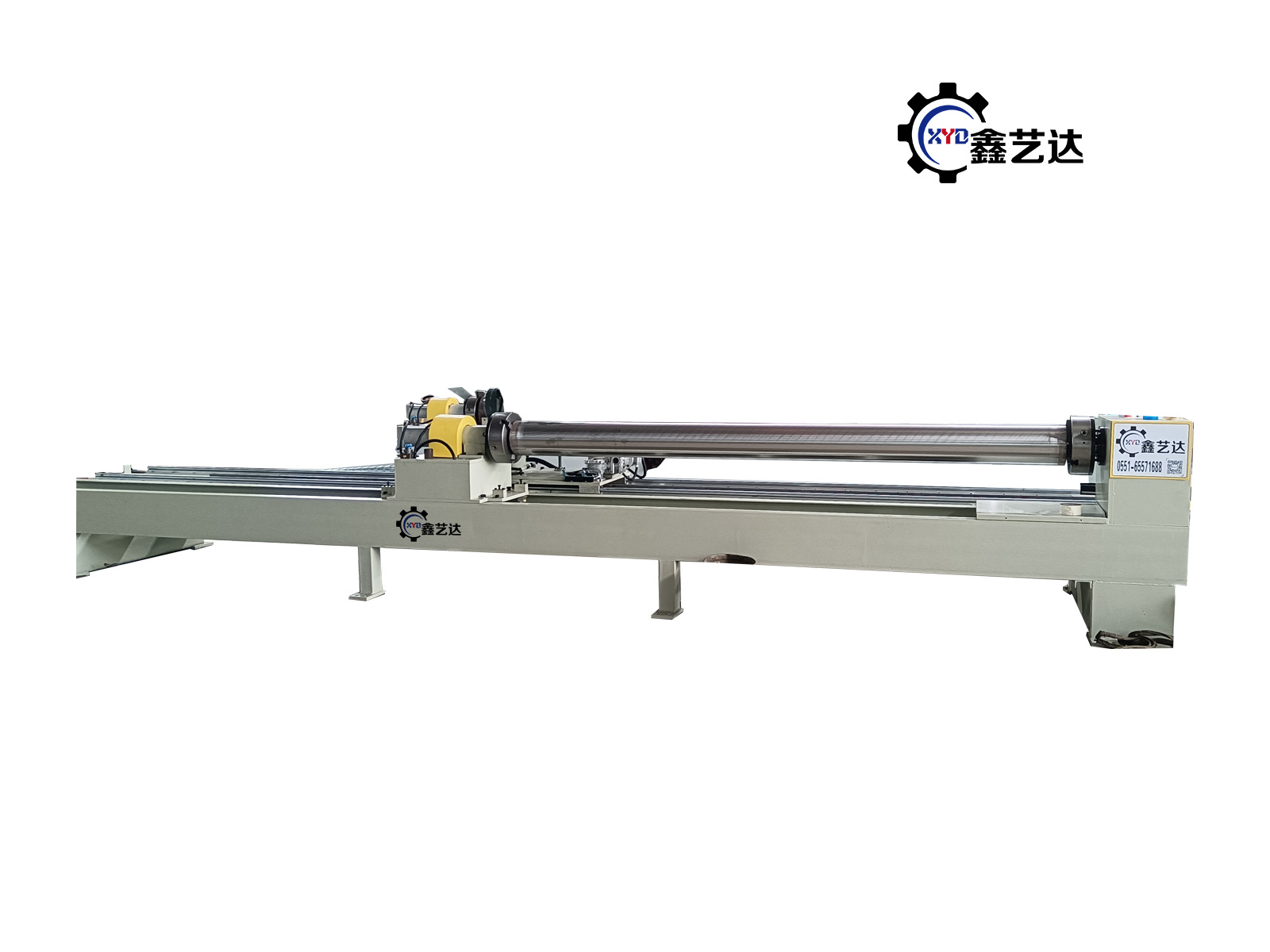The Core Pillar of National Industrialization: Mechanical Manufacturing Automation Technology
Publish time:2022-10-13 02:23:17 Popularity:0 Source:未知来源
As the backbone of national industrialization, the automation level of mechanical manufacturing directly reflects the technological strength of a country's economy. This article systematically analyzes the three core characteristics of mechanical manufacturing automation technology, compares the technological development gaps between domestic and international markets, and prospectively predicts five major future technological development directions. Research shows that the deep application of automation technology can improve production efficiency by over 40% while reducing energy consumption by 25%, playing a decisive role in achieving the "Made in China 2025" strategic goals.
I. Core Characteristics of Mechanical Manufacturing Automation Technology
1. Intelligent Systems Engineering Integration
Multi-technology Convergence Applications
-
Computer-Aided Design (CAD) and simulation technology
-
Industrial Internet of Things (IIoT) real-time monitoring systems
-
New material development and 3D printing technology
-
AI-powered quality inspection systems
Full Production Process Coverage
2. Comprehensive Competitiveness Enhancement System
Golden Triangle of Enterprise Competitiveness
| Factor | Traditional Manufacturing | Automated Manufacturing | Improvement |
|---|---|---|---|
| Production Cycle | 30 days | 7-10 days | 70%↑ |
| Product Yield Rate | 85% | 99.2% | 14.2%↑ |
| Energy Cost | 100% | 75% | 25%↓ |
3. Global Market Competitive Advantages
Key Technical Indicators Comparison
-
Delivery cycle shortened by 60%
-
Customization capability improved by 5 times
-
Equipment utilization rate reaches 90%+
-
Inventory turnover rate increased by 300%
II. Comparison of Domestic and International Technology Development Status
1. Analysis of Design Capability Gaps
3D Design Software Penetration Rate
-
Germany: 98% | USA: 95% | China: 62%
Simulation Technology Application Level
-
Western Countries: Full-process virtual verification
-
China: 50% of enterprises still rely on physical prototypes
2. Digitalization Level of Management Systems
Smart Factory Key Indicators
-
MES System Adoption Rate:
-
Japan: 89%
-
China: 34%
-
-
Automated Data Collection:
-
USA: 92%
-
China: 41%
-
-
Predictive Maintenance Application:
-
Germany: 85%
-
China: 27%
-
3. Differences in Automation Levels
Production Line Automation Rate Comparison
| Country | Automotive Industry | Electronics Industry | Machinery Equipment |
|---|---|---|---|
| Japan | 95% | 90% | 88% |
| Germany | 93% | 85% | 86% |
| China | 65% | 60% | 55% |
III. Five Major Future Technology Development Trends
1. Nanoscale Precision Machining Technology
Technological Breakthrough Points
-
Atomic-level positioning accuracy (0.1nm)
-
Quantum measurement technology applications
-
Molecular self-assembly manufacturing processes
2. Smart Factory Solutions
CIMS System Upgrade Path
-
Equipment networking → 2. Data middleware → 3. Digital twin → 4. Autonomous decision-making
3. Green Manufacturing Process Innovation
Environmental Technology Economic Benefits
-
Cutting fluid-free processing saves 35% in costs
-
Rapid prototyping technology reduces material waste by 60%
-
Energy recovery systems lower energy consumption by 20%
4. Flexible Manufacturing System (FMS)
Industry Application Cases
-
Automotive industry: Mixed-line production changeover time <15min
-
Electronics industry: Product changeover efficiency improved by 8 times
-
Medical devices: Customized production cycle shortened by 70%
5. Human-Machine Collaborative Intelligent Manufacturing
Collaborative Robot Application Scenarios
-
Precision assembly operations
-
Hazardous environment operations
-
Highly repetitive processes
IV. Enterprise Transformation and Upgrade Implementation Recommendations
Phased Automation Transformation Roadmap
-
Phase 1: Single-machine automation (6-12 months)
-
Phase 2: Production line automation (1-2 years)
-
Phase 3: Smart factory construction (3-5 years)
Key Technology Investment Priorities
-
Industrial IoT infrastructure construction
-
Data collection and analysis systems
-
Intelligent logistics and warehousing
-
Predictive maintenance systems
-
Digital twin technology applications
Talent Development Strategy
-
Establish university-enterprise joint laboratories
-
Conduct AR/VR technology training
-
Cultivate interdisciplinary "digital craftsmen"
Conclusion: Seizing New Opportunities in Intelligent Manufacturing
With the accelerated implementation of new infrastructure such as 5G and AI, China's mechanical manufacturing automation is entering a golden development period. Data shows that the intelligent manufacturing market size exceeded 2.8 trillion yuan in 2023, with a compound annual growth rate of 18.5%. Enterprises should focus on the following areas:
-
Short-term (1-2 years): Complete digital infrastructure construction
-
Medium-term (3-5 years): Achieve networked collaborative manufacturing
-
Long-term (5-10 years): Build intelligent ecosystems
As an industry technology pioneer, Anhui Xinyida has successfully helped over 200 manufacturing enterprises complete automation transformations, achieving an average productivity increase of 45% and operational cost reduction of 30%. We provide full-cycle services from consulting and planning to implementation, assisting enterprises in achieving intelligent manufacturing transformation and upgrading.
- 2025-11-14 Precautions to Take Before and After Operating a Polishing Machine
- 2025-11-04 Have you maintained the polishing machine?
- 2025-10-14 The difference between single-station pipe polishing machines and multi-station pipe polishing machines
- 2025-10-08 Why the Semiconductor Industry Cannot Do Without Automatic Polishing Equipment?
- 2025-09-25 Why Do Pressure Vessels Need Polishing?
- 2025-09-24 What are the types of circular tube polishing machines
- 2025-09-05 Cylinder Polishing Machine
- 2025-09-02 Stainless Steel Surface Roughness (Ra) vs Sanding Belt Grit Guide (Polishing Stainless Steel)
Online Message
Contact information
QR code









 QQ Customer Service
QQ Customer Service